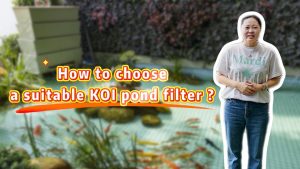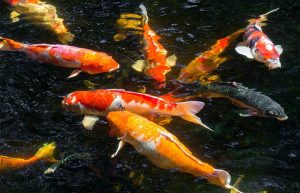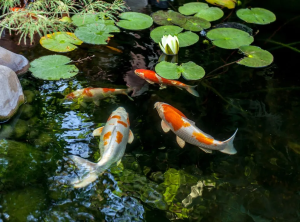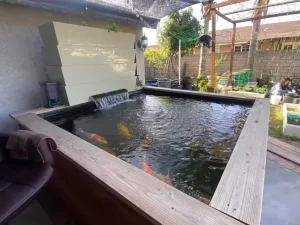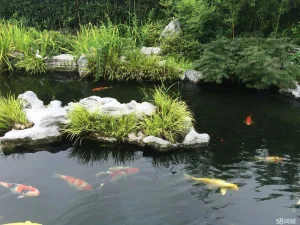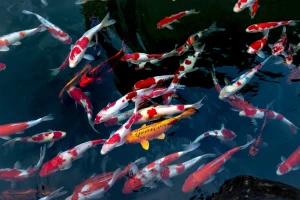Introduction
The need for efficient oxygen dissolution in various industries, such as wastewater treatment, aquaculture, and agriculture, has led to the development of innovative technologies. One such technology is the nano bubble aeration diffuser with an oxygen generator. This cutting-edge solution offers highly efficient oxygen dissolution, providing numerous benefits and applications. In this article, we will explore the concept of nano bubble aeration and its advantages, as well as the role of an oxygen generator in enhancing oxygen dissolution.
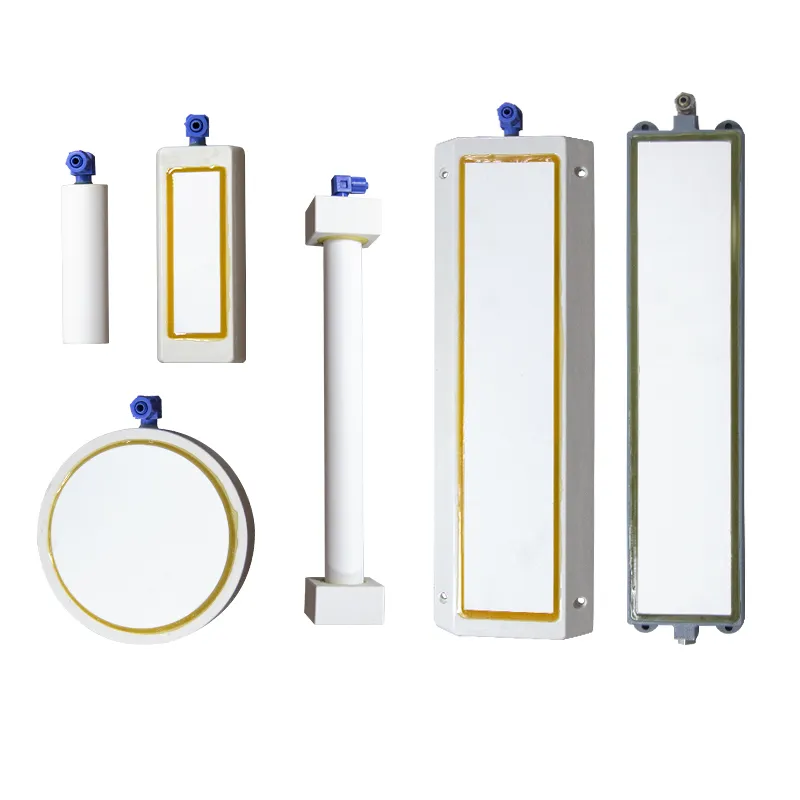
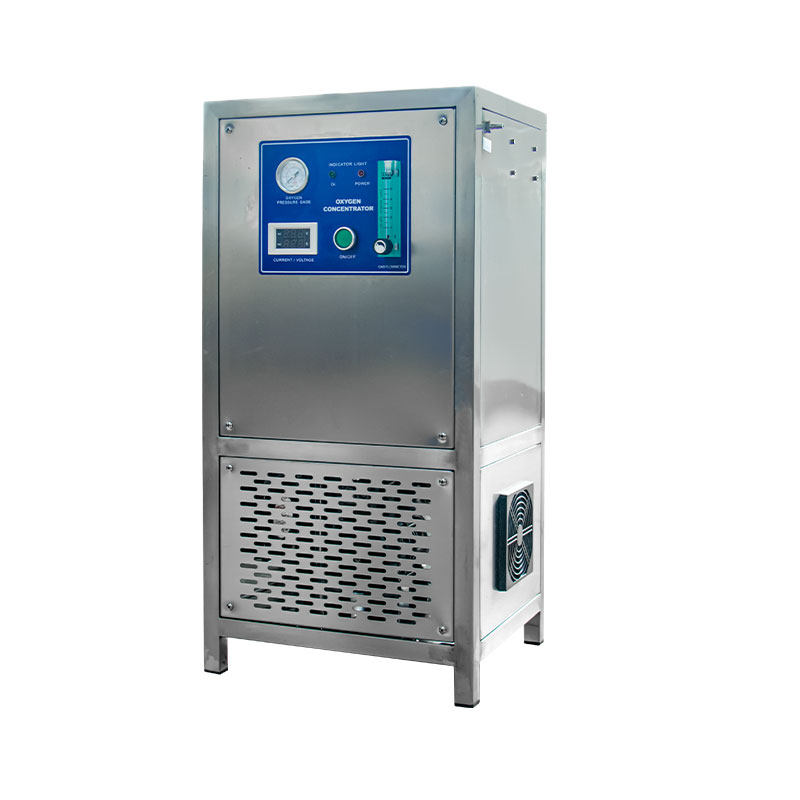
Understanding Nano Bubble Aeration
Nano bubble aeration involves the creation of tiny bubbles, typically less than 100 nanometers in size, and their dispersion in a liquid medium. These ultrafine bubbles have unique properties that make them highly effective in oxygen dissolution. Unlike larger bubbles, nano bubbles possess a large surface area-to-volume ratio, allowing for enhanced gas transfer efficiency. Additionally, their small size enables them to remain suspended in the liquid for extended periods, facilitating longer contact time with the surrounding environment.
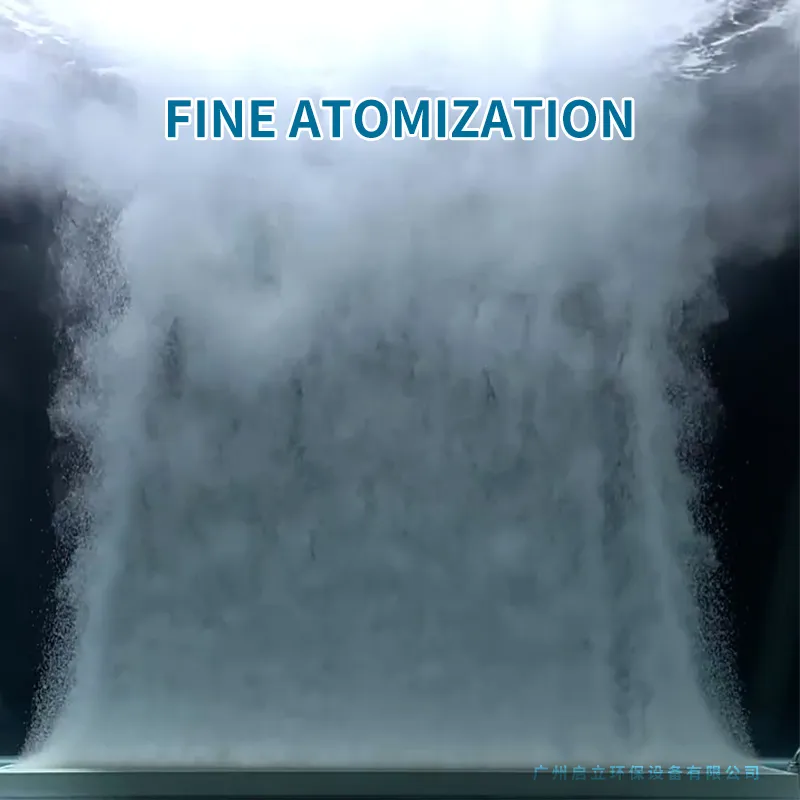
Advantages of Nano Bubble Aeration
1.Increased Oxygen Transfer: Nano bubble aeration significantly improves oxygen transfer rates compared to traditional aeration methods. The high surface area of nano bubbles enables more efficient oxygen dissolution into the liquid, enhancing oxygen levels and promoting various biological processes.
2.Improved Water Quality: By increasing dissolved oxygen levels, nano bubble aeration helps maintain optimal water quality in applications such as aquaculture and wastewater treatment. Adequate oxygenation supports the growth of beneficial microorganisms, leading to improved water clarity, reduced odors, and enhanced nutrient removal.
3.Enhanced Nutrient Uptake: In agricultural settings, nano bubble aeration can enhance nutrient uptake by plants. The increased oxygen levels in the root zone stimulate root growth and improve nutrient absorption, resulting in healthier crops and higher yields.
4.Reduced Energy Consumption: Nano bubble aeration systems require lower energy input compared to traditional aeration methods. The smaller bubble size reduces the energy needed for bubble production, resulting in energy savings and reduced operational costs.
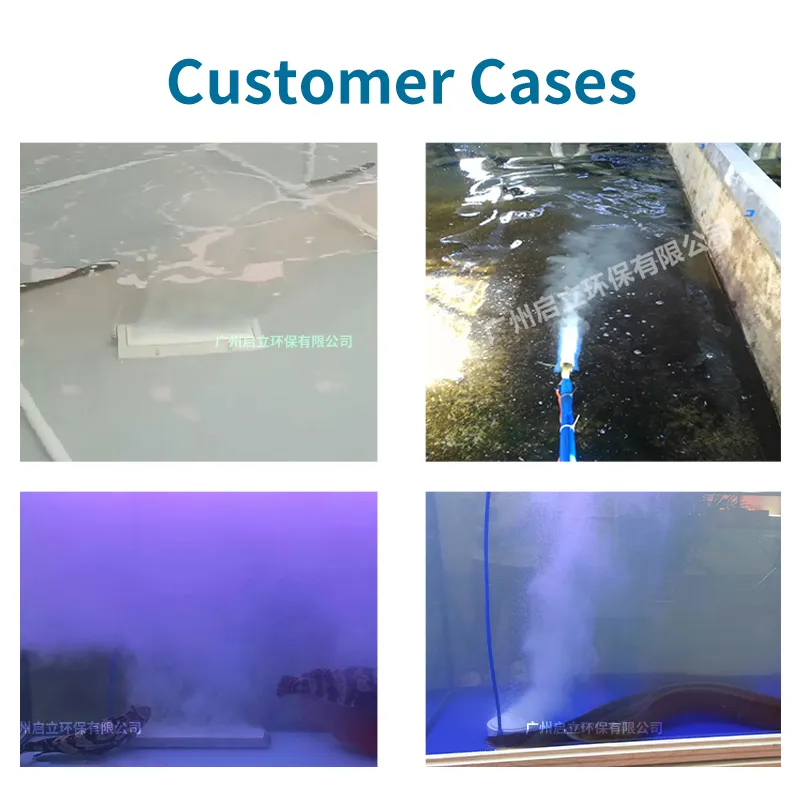
The Role of an Oxygen Generator
To further enhance oxygen dissolution, nano bubble aeration systems can be paired with an oxygen generator. An oxygen generator produces high-purity oxygen, which is then introduced into the liquid through the nano bubble diffuser. This combination offers several advantages:
1. Increased Oxygen Concentration: Oxygen generators produce oxygen with higher concentrations compared to ambient air. This ensures a more significant oxygen supply for dissolution, especially in applications that require elevated oxygen levels, such as intensive aquaculture or high-strength wastewater treatment.
2. Better control: Dissolved oxygen levels can be precisely controlled using an oxygen generator. The operator can adjust the oxygen flow according to specific requirements to ensure optimal conditions.
3. To further enhance oxygen dissolution, nano bubble aeration systems can be paired with an oxygen generator. An oxygen generator produces high-purity oxygen, which is then introduced into the liquid through the nano bubble diffuser. This combination offers several advantages, including increased oxygen concentration.
4. One of the primary advantages of using an oxygen generator is the ability to produce oxygen with higher concentrations compared to ambient air. Ambient air typically contains around 21% oxygen, while an oxygen generator can produce oxygen with concentrations exceeding 90%. This high-purity oxygen is crucial in applications that require elevated oxygen levels, such as intensive aquaculture or high-strength wastewater treatment.
5. In intensive aquaculture, the demand for dissolved oxygen is high due to the high stocking density of aquatic organisms. Insufficient oxygen levels can lead to poor growth, decreased feed conversion rates, and increased susceptibility to diseases. By using an oxygen generator, aquaculturists can ensure a constant and adequate supply of oxygen for the organisms. This promotes their overall health and enhances their growth rates, ultimately leading to higher yields.
6. Similarly, in high-strength wastewater treatment, the presence of organic matter and pollutants requires a robust oxygen supply for effective treatment. An oxygen generator can provide the necessary oxygen concentration to support the growth of aerobic bacteria that degrade pollutants. By introducing high-purity oxygen into the wastewater, the oxygen demand can be met more efficiently, leading to improved treatment performance and reduced treatment times.

